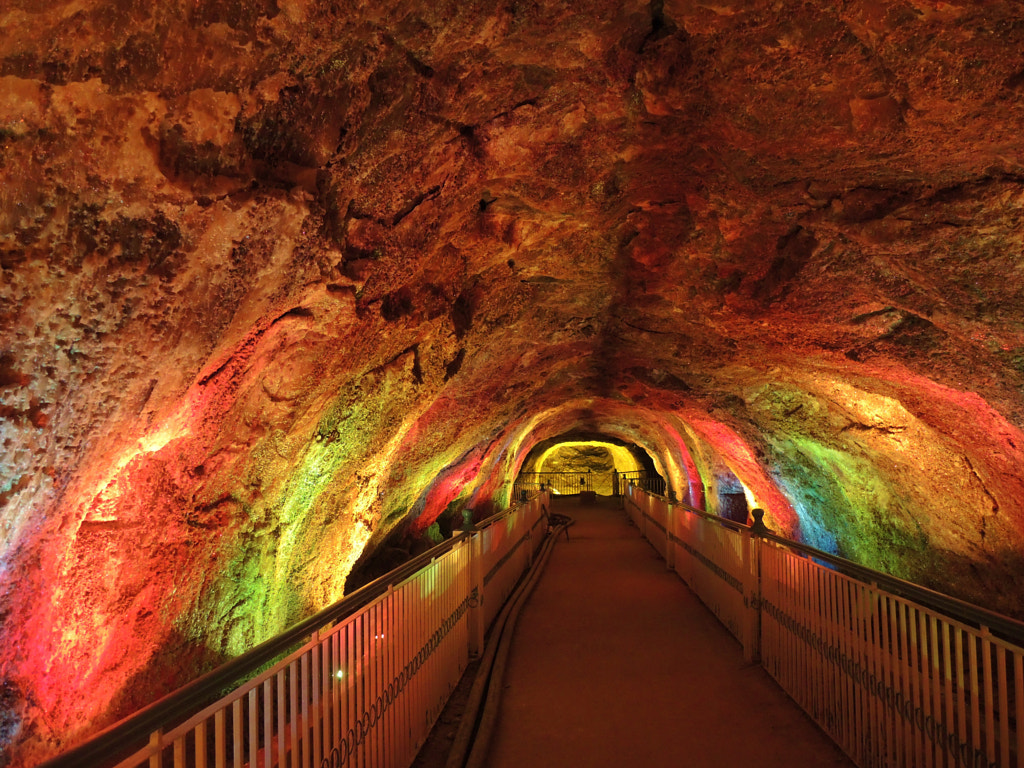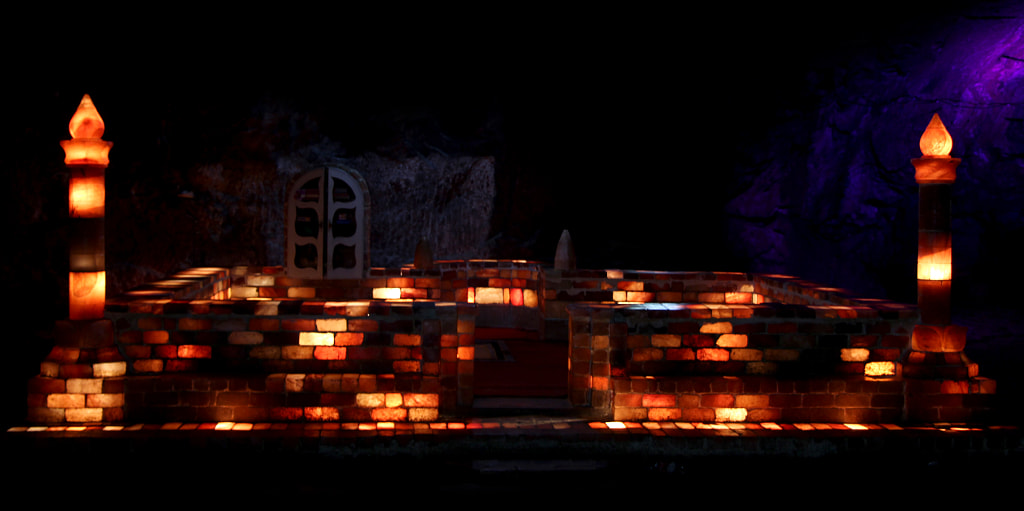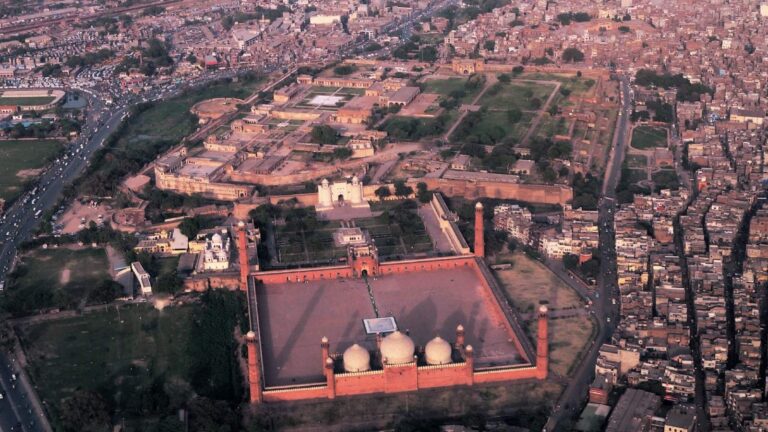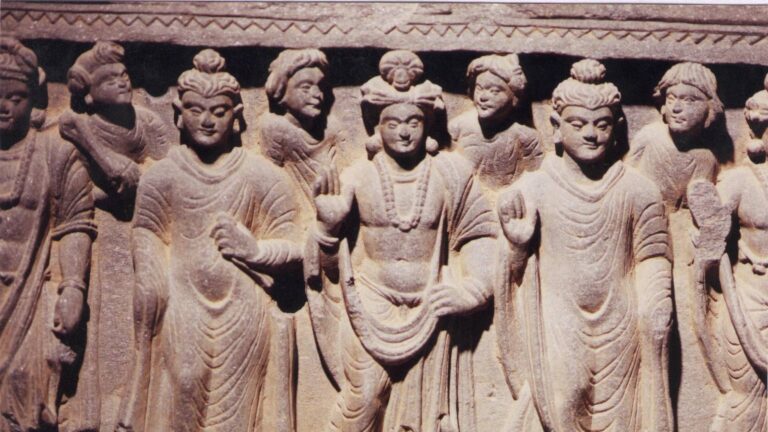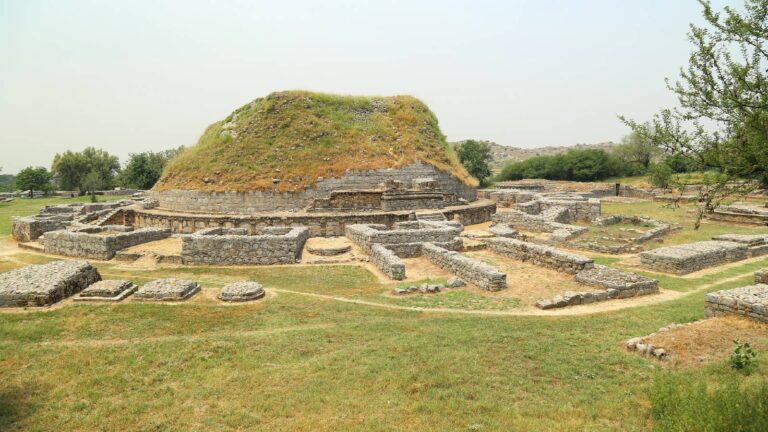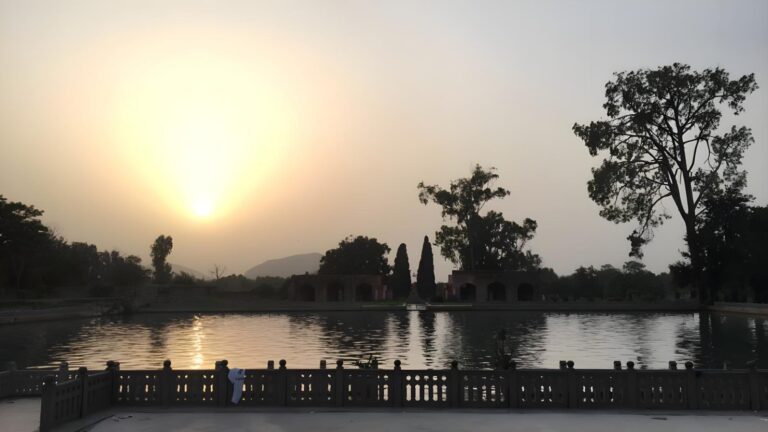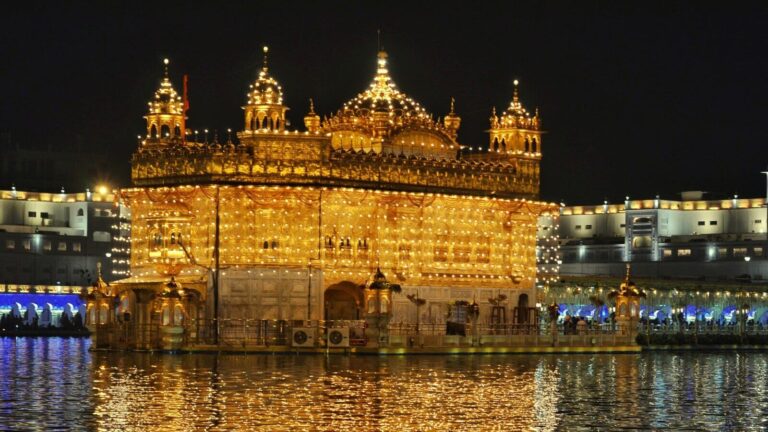Getting There
Pakistan Railways runs tourist trains from Lahore and Rawalpindi to Khewra, which has its own railway station.
What to Expect
Khewar is the world’s second largest salt mine, and is estimated to have up to 600 million tonnes of mineral reserves. Although it is still a working mine, it is also a major tourist attraction, receiving 250,000 visitors a year. Inside the mine, you can ride on the Khewar Salt Mine Railway, see a mosque made entirely from salt bricks, and admire the salt carvings of famous monuments including the Great Wall of China. Health tourists can also stay on site, and salt therapy is supposed to be good for the treatment of asthma.
History
The Khewar Salt Mine in Punjab is said to have been discovered in 320 BC by troops of Alexander the Great, whose horses stopped to lick the salty stones. Commercial exploitation of the salt deposits didn’t begin until the Mughal period, however, when the pink coloured salt was traded along the Silk Road to Central Asia. Deeper tunnels were dug by British mining engineers in the 1870s, who named the site Mayo Salt Mine after Lord Mayo, Viceroy of India.

